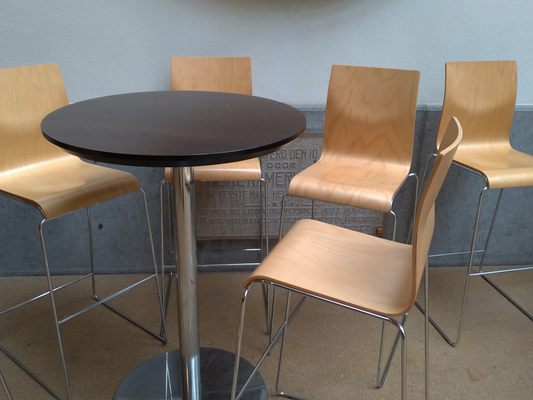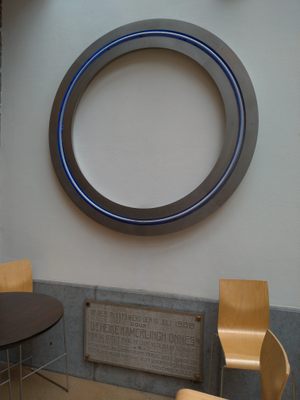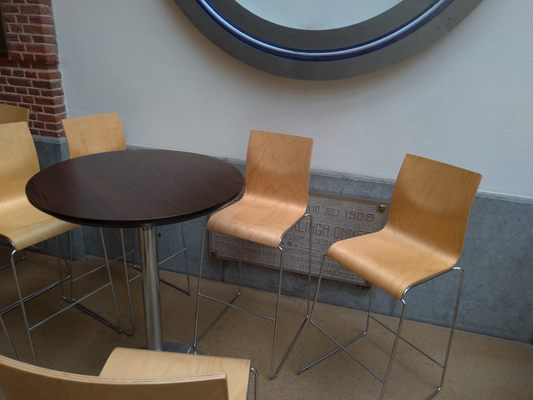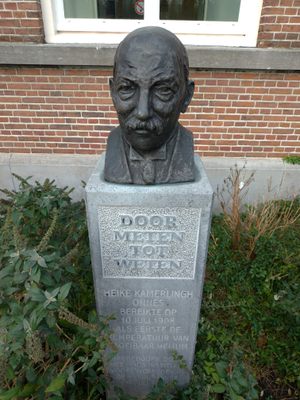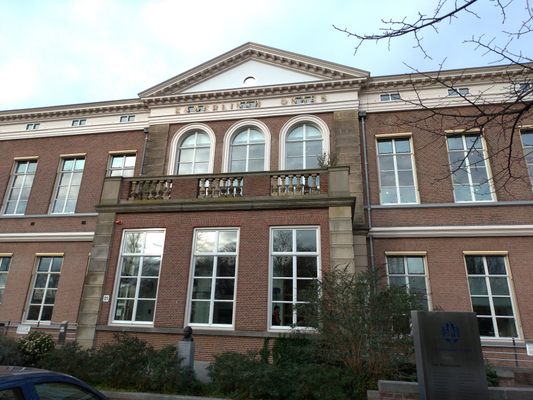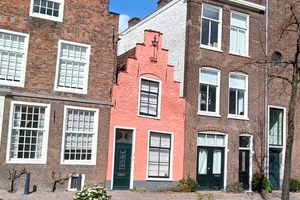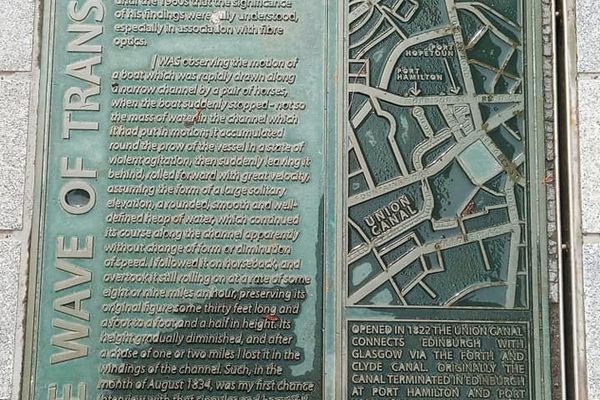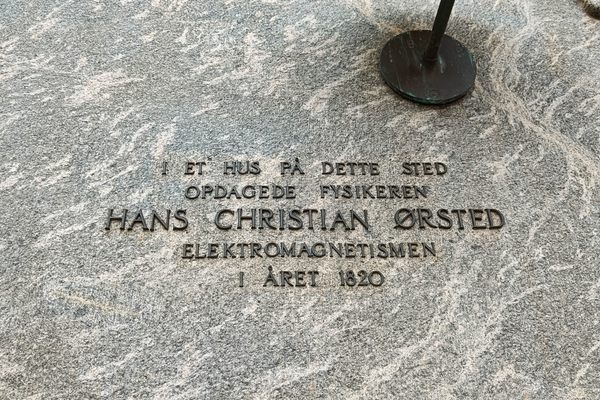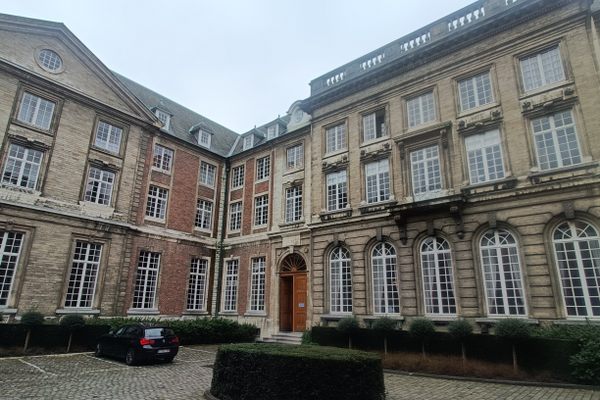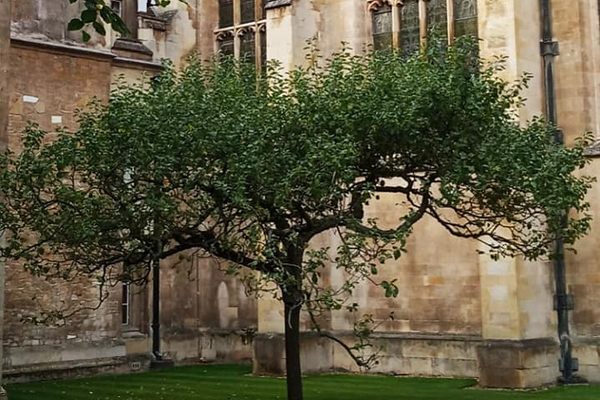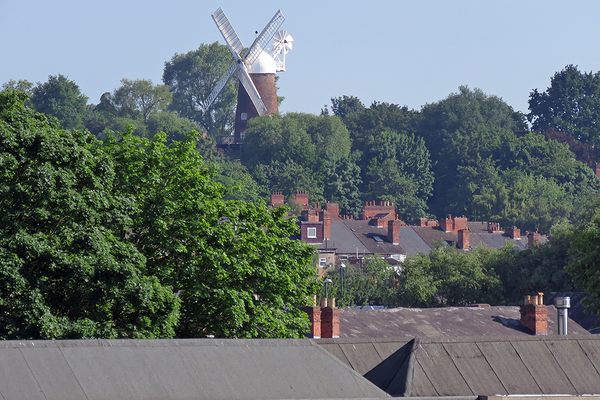About
When thinking of the coldest place on the planet, the Netherlands is probably not what comes to mind. Perhaps it should be, though, as this is where the Dutch physicist Heike Kamerlingh Onnes became the first scientist to liquefy helium by cooling it to -450 degrees Fahrenheit (-270 degrees Celsius), which at the time was the lowest temperature ever achieved on Earth.
Kamerlingh Onnes was a scientist of such great renown that Albert Einstein once applied to work for him and was declined. Aside from his groundbreaking research on low temperatures, Onnes is also known for discovering superconductivity. He later became a good friend of Einstein and other prominent scientists and received a Nobel prize for his influential discoveries.
All of this was more than enough to get a science lab named after him. The Kamerlingh Onnes Laboratory at Leiden University was built on the clearing that resulted from the Leiden gunpowder disaster of 1807. The physics faculty was stationed here for a long time, but eventually had to move due to a combination of financial reasons and because the locals feared another explosion. Onnes' experiments were temporarily shut down, but the lab reopened in a new location on campus, at the Huygens-Onnes Laboratory where it remains today.
Inside the old lab building—which now houses the university's law faculty and is known as the Kamerlingh Onnes Building (Kamerlingh Onnes Gebouw)—you can find a plaque marking the spot where helium was first liquefied, as well as a large piece of artwork in the shape of an "O." Sadly, it's hidden behind a coffee corner for students, forgotten by most. Physics students have been known to go in and move the tables in such a way that the plaque is visible, but, unfortunately, to no avail.
Related Tags
Know Before You Go
The building is open seven days a week during normal office hours. If you tell the guards you want to see the "big O" they will let you in. At the entrance, you go right past the guards and then make a hard left down a small staircase at the end of the corridor.
Community Contributors
Added By
Published
January 11, 2019
